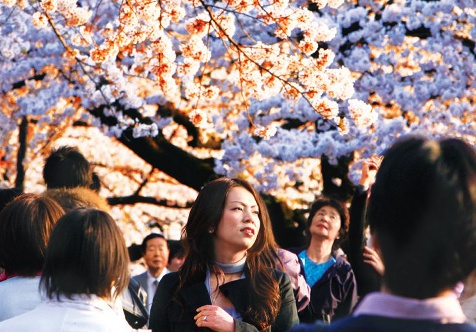In collaboration with Convergence, VOICE OF ASIA is proud to present timeless articles from the archives, reproduced digitally for your reading pleasure. Originally published in Convergence Volume 9 in 2011, we present this story on Tokyo, a metropolis straddling the line between traditionality and modernity.
Of the three cities considered as the command centres of the world economy, Tokyo is perhaps the most unique. While London evokes the image of tradition, and New York is, of course, the cosmopolitan metropolis that brings people from all over the world together, Tokyo is something else. The sole Asian (and Eastern) representative in the triumvirate of international financial hubs, the Japanese capital radiates with the spirit of both the Orient and Occident. A bustling city with the trappings of the West yet with a soul that is distinctly Japanese… this is Tokyo!
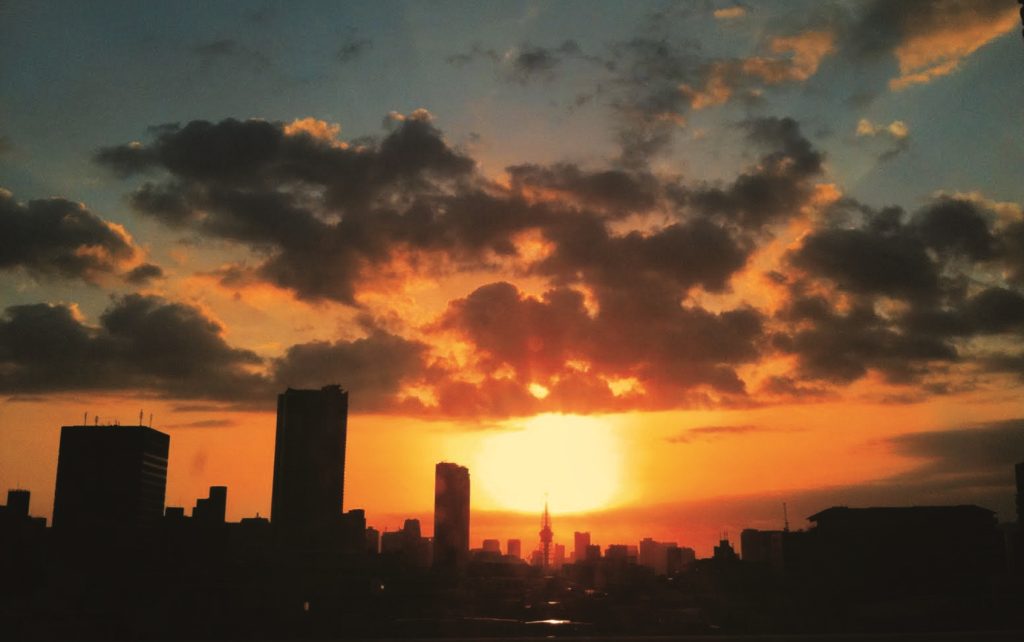
A Brief History of Tokyo
Originally called Edo, the city – which is located on the island of Honshu – had its name changed to its more familiar moniker in 1869 when it became the official Imperial capital of Japan, when the Emperor Meiji moved his court there after the Meiji Restoration. Yet, the decision to shift the site of the Imperial Palace from Kyoto to Edo (Tokyo) was more a case of the Emperor following the trend rather than setting a new one.
After all, Edo was already then the centre of Japanese culture, government and business, and had been so for 265 years since the first Tokugawa Shogun, Tokugawa Ieyasu, established it as the de facto capital of Japan, after seizing power in 1603. Although the Shogun was ostensibly subordinate to the Emperor, it was no secret that all decisions were made by him rather than the monarch.
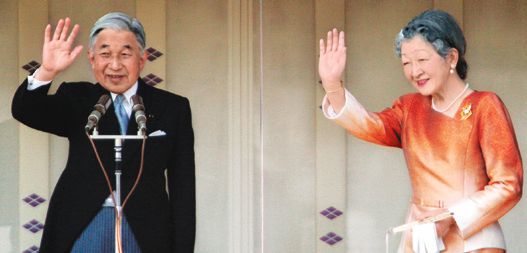
Not surprisingly, people wanted to be near the centre of power; a situation which contributed to the tremendous growth of Edo, so much so that by the 18th century, its population had reached 1 million, thus making it one of the largest cities of its time. Even today, it still is one of the most populated urban areas in the world, with a population of approximately 12.58 million. Not a bad feat, one would say, for a city which was originally founded as a fishing village.
Perhaps one of the most remarkable things about Tokyo is that it has been successfully rebuilt not just once but twice in the 20th century, after two great disasters. The first was the Great Earthquake of 1923, which resulted in 140,000 people either dead or missing. Then during the Second World War, the city was firebombed by the Allies leaving approximately half of Tokyo destroyed, with around 200,000 people killed.
Yet, despite these calamities, the people of Tokyo managed to pick themselves up from the pieces and start all over again, a testament to the famous resilience of the Japanese people. By 1964, much of the city had already been rebuilt, and Tokyo made a triumphant return to the global eye when it hosted the Summer Olympics that same year.
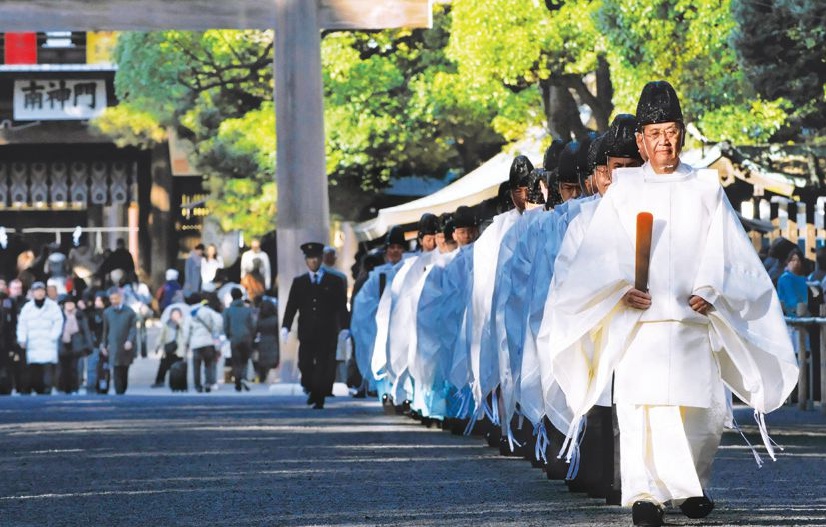
The Heartbeat of Japan
As aforementioned, Tokyo is not just the capital of Japan but also its financial and commercial hub, as well as one of the three finance command centres. A good example of its stature can be seen in a PricewaterhouseCoopers’ report which showed the GDP of the Tokyo metropolitan area at a highly impressive US$1.479 trillion – the highest of any city in the world. Unsurprisingly, it has also gained a reputation for having one of the highest costs of living in the world, and from 1992 to 2006, it even topped the Economist Intelligence Unit list of the most expensive cities.
Yet, despite that, many Japanese businesses and people have flocked to Tokyo, although truth be told, that has slowed down in recent years owing to the increased scarcity of space. The propensity for Japanese companies to headquarter themselves in Tokyo is a reflection of the centralised nature of Japan’s revival during the post-WW2 era when many businesses chose to relocate there in order to have better access to the government – a situation, not unlike how Edo became the centre of life during the Tokugawa Shogunate.
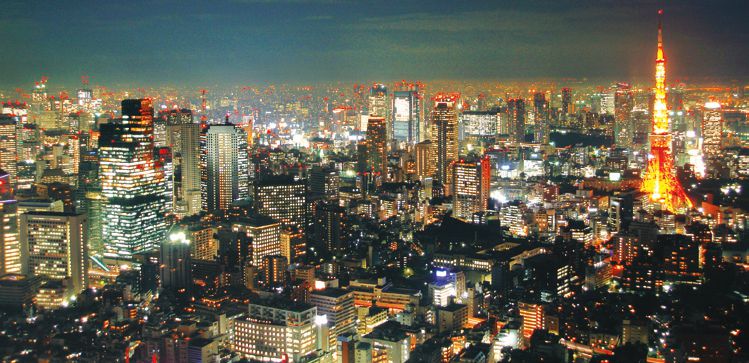
In order to fully understand the impact and importance Tokyo has in the global economy, one could and should consider the fact that 50 of the 68 Japanese companies on the Fortune 500 list are headquartered in Tokyo, with Toyota Motor and Japan Post Holdings (the first and second ranked companies in Japan) being the eighth and ninth largest companies in the world.
Thus it comes as no surprise that the Tokyo Stock Exchange (TSE) is also quite highly placed in the international rankings, and is the fourth largest by share turnover. At present there are around 2,292 companies listed on the TSE with a combined market capitalisation of US$3.8 trillion, making it the second largest in the world by that category.
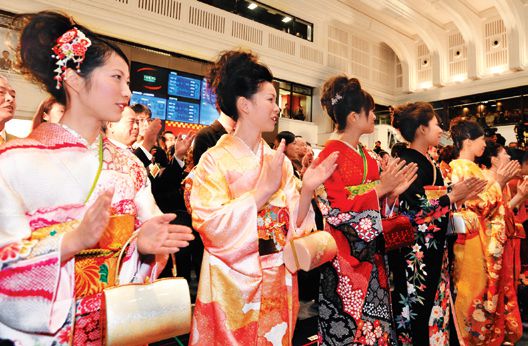
Of course when people talk about the Tokyo Stock Exchange, it is more likely they are referring to the Nikkei 225 Index, which is an index of the 225 largest companies in Japan as selected by the Nihon Keizai Shimbun – the largest and most influential business newspaper in Japan.
In fact, during the heyday of the Japanese asset price bubble from 1983 to 1990, the TSE accounted for 60% of the world’s stock market capitalisation in 1990 – an unprecedented feat then and since. That neither recent economic woes nor the infamous Lost Decade of the 90s’ had caused the strength and the prestige of the Nikkei to seriously decline only goes to show the fundamental strength of the Japanese economy.
A good part of the credit for this goes to Tokyo, which is itself a hub for communications, financial services and insurance, publishing and printing, as well as electronics manufacturing. Furthermore, as Japan has an ageing population, emerging industrial trends include lifestyle (particularly those catering to older folk), as well as health and social services.
A look at the biggest Japanese companies headquartered in Tokyo testifies to the veracity of the aforementioned. There, one can find car companies such as Toyota, Honda and Mitsubishi, communications firms such as Japan Post and Nippon Telegraph & Telephone (NTT), electronics giants such as Hitachi, Sony, Panasonic and Toshiba, as well as financial and insurance corporations such as Nippon Life Insurance, AEON, and the Mitsubishi UFJ Financial Group.
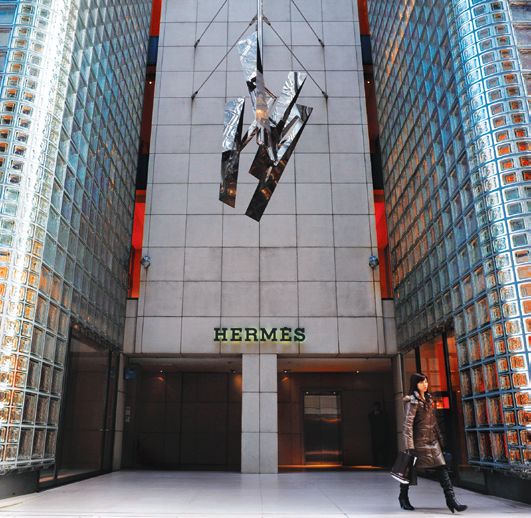
As with many other cities, the different districts and wards of Tokyo cater to various types of industries. For instance, Chuo – in the centre of the city – has traditionally been the commercial hub of Tokyo and is home to the Bank of Japan, Kabutocho (the financial and securities district), and the world famous Ginza shopping district. Another key district is Shinjuku, which apart from being an increasingly popular place for companies to have their headquarters, is also the administrative centre of Tokyo.
If your business is manufacturing, particularly in industries such as automobiles and shipbuilding, it is likely that your factory will be located in the Keihin Industrial Area, which lies between Tokyo and Yokohoma. More high-tech industries can be found in Tama, on the western side of the city, which is renowned for being home to a high number of precision instrument manufacturers.
Japan at a Glance
- Official Name: Japan, or Nippon-koku
- Capital City: Tokyo
- System of Government: Bicameral Parliamentary Democracy (Lower House: House of Representatives or Shugiin, Upper House: House of Councillors or Sangiin) and Constitutional Monarchy
- Head of State: Emperor Akihito (since 1989)
- Head of Government: Prime Minister Yoshihiko Noda (since 2nd of September 2011)
- Official Currency: Yen
- Official Language: None officially, however Japanese is the National Language and de facto official language.
- Individual Tax Rate: Progressive tax rate of 5% for income up to ¥1.95 million per annum to 40% for income over ¥18 million.
- Value Added Tax: 5%
- Corporate Tax Rate: 30% (18% for SMEs with equity of less than ¥100 million).
- Population of Tokyo: 12.58 million (9.9% of Japan’s total population)
Tourism is also another key contributor to Tokyo’s economy, with high numbers of Japanese and foreign tourists visiting the city each year; producing an economic value of approximately US$122.05 billion. Such is the nature of the city that there is really something for all interests here.
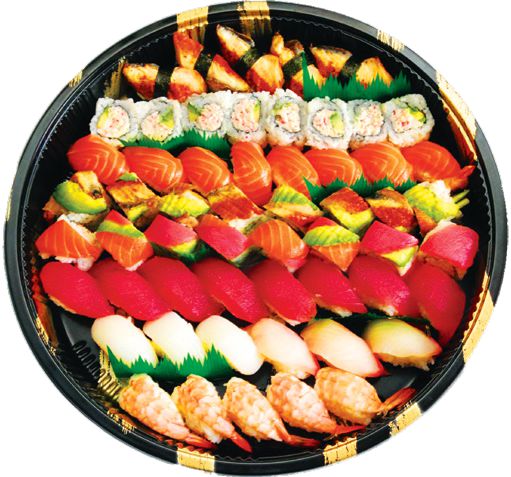
It should be pointed out that Tokyo is not exactly the best place to go if you want to see old Japan, at least from an architectural point of view, since most of it was destroyed during the war. Nevertheless, amidst the ultra-modern neon lights, skyscrapers and people dressed in the latest fashions, is a strong adherence to traditional culture and practices.
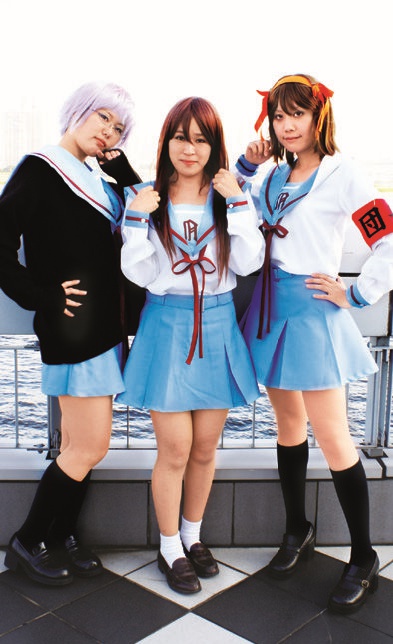
These include doing things like bringing a small gift when visiting, bowing when meeting someone, and being respectful to people of higher authority (or who are older than you). Furthermore, Japanese people – like many Asians – give a lot of importance to the concept of ‘face’. Therefore, strong-arming is looked down upon in business negotiations, saying “no” directly is not a common practice, and it is paramount not to lose your temper in public, lest you end up looking like an uncultured gaijin (foreigner).
An Education Hub
Other than being a hub for commerce, Tokyo is also at the heart of Japan’s education system and is home to a number of public and private universities. At the head of the pack is the University of Tokyo – widely regarded as the best university in the country and one of the best in the world.
It was ranked 26th in the world by the Times Higher Education Supplement for 2010-2011, which made it the 2nd highest ranked Asian university after the University of Hong Kong. The Shanghai-based Academic Ranking of World Universities placed it at 21st in the world and the highest in Asia for 2011, while the QS World University Rankings has it at 24th place, making it the fourth best institution of higher learning in Asia.
The prestige of the University of Tokyo is not only reflected in its position as Japan’s largest university, with close to 29,000 students enrolled, it was also the alma mater of 15 of Japan’s Prime Ministers as well as seven Nobel Laureates.
These include Yasunari Kawabat – Nobel Laureate in Literature for 1968, Leo Esaki – Nobel Laureate in Physics for 1973, Eisaku Sato – Nobel Laureate in Peace for 1974, Kenzaburo Oe – Nobel Laureate in Literature for 1994, Yoichiro Nambu – Nobel Laureate in Physics for 2008, and Ei-ichi Negishi – Nobel Laureate in Chemisty for 2010.
Moving Around
Being a premier world city, Tokyo is able to offer world-class public transportation facilities such as taxis, buses and trains (including the world famous shinkanzen or bullet train which reaches speeds of up to 300 km/h). One could say that the ready availability of efficient public transport is a must in the Japanese capital, owing to the fact that traffic congestion is a common occurrence and therefore driving in the city is not recommended.
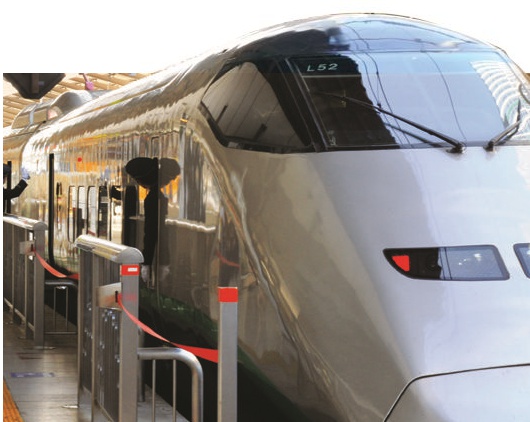
Those flying to Tokyo from overseas will most likely land at one of the world’s most well-known and busiest passenger airports – the legendary Narita International – which is located 57 km away from Tokyo City. The ninth busiest air freight hub, Narita handles an average of 35.47 million passengers a year.
Interestingly enough, it is not the only airport serving Tokyo though. Years before Narita became the sole international airport in the city, Haneda Airport also played the role of an international air hub, and even today, Haneda is officially called Tokyo International Airport. Not that it has any international flights landing there, bar the occasional reroute from Narita. Nevertheless, even though it caters almost entirely to domestic flights, Haneda is the busiest airport in Japan.
As aforementioned, once you are in Tokyo, there are myriad of ways for you to get around. To do as the locals do, you might want to try the Mass Transit System, which is reputedly one of the most efficient in the world. However, a word of warning. The route maps may seem rather confusing to first – time visitors as there are more than a few different lines operating.
The main train line is the JR Yamanote Line, which loops around Tokyo, and from which all other lines start. These include subway systems such as the Tokyo Metro, which operates nine lines – Ginza, Marunouchi, Hibiya, Tozai, Chiyoda, Yurakucho, Hanzomon, Namboku and Fukutoshin. Apart from that, there are a number of private commuter lines as well.
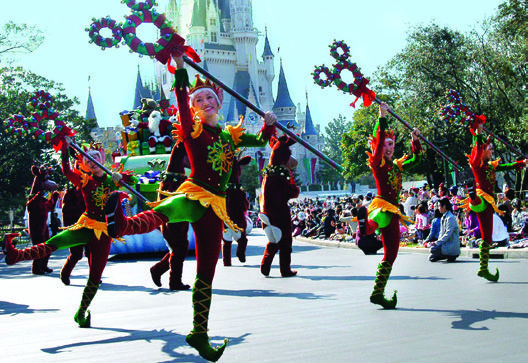
If you prefer a more leisurely tour of the city, or wish to reach places not serviced by the trains, then the bus would be your best bet. While the ride can be rather slow in pace, it does give you the opportunity to see Tokyo as the locals see it – away from the normal tourist/traveller route. What’s more, no matter what the distance, the bus fares are fixed. Be warned though. As the buses do not cater for tourists, most of the signs and announcements will be in Japanese.
When In Tokyo
There is no doubt that Tokyo is far too large for anyone to appreciate completely in just one day. However, if you have only one free day in the Japanese capital, it is best to make the most out of it and the way to do that is to start… very early. Because, when you are in Tokyo, you will not want to miss the experience of the Tsukiji Fish Market.
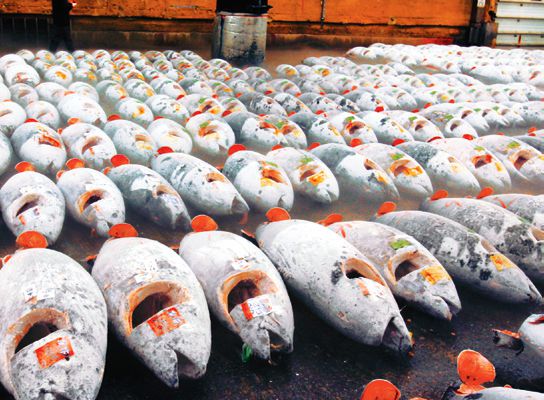
At 5 am in the morning, the world’s most famous fish market will be in full swing, with one of the highlights being the tuna auction where these behemoths of the sea weighing in at few hundred kilos each are sold to the highest bidder. After watching the thrill of the auction, why not head to one of the many eating establishments there for a breakfast of sushi and sashmi? You can be sure that the fish is fresh.
If you happen to be in the city during sumo season (which occurs in the months of January, May and September), it would be remiss if you do not take in Japan’s national sport. So, head on over to the Kokugikan, the temple of sumo wrestling, and purchase a ticket to see a spectacle that reflects the very best of tradition.
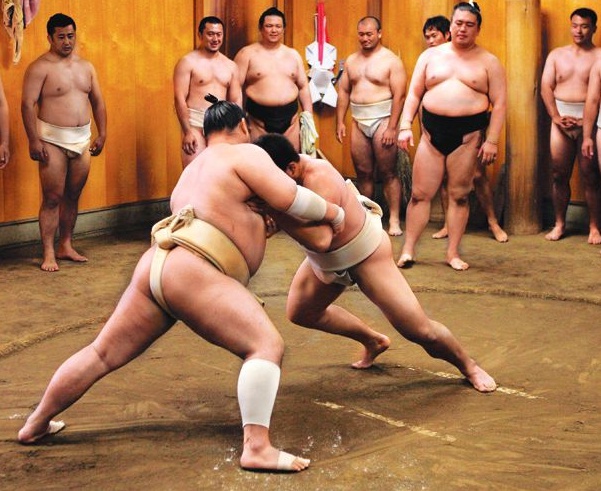
Those who love shopping can visit the world-famous Ginza district, where you can find elements of Japanese pop culture in districts such as Shibuya and Harajuku, while the Tokyo National Museum is a must-visit for art lovers, as it houses 37% of Japan’s national art treasures. Other popular tourist destinations in the city include the Meiji Shrine and the Imperial Palace.
A city that is constantly pulsing with the rush of life and business, Tokyo is perhaps one of the most unique destinations in the world for the business and leisure traveller. At times the pace may seem all too overpowering, as the city is in constant motion. Yet, such is the aura of Tokyo that more often than not, one is taken over by the momentum and becomes one with the flow.


